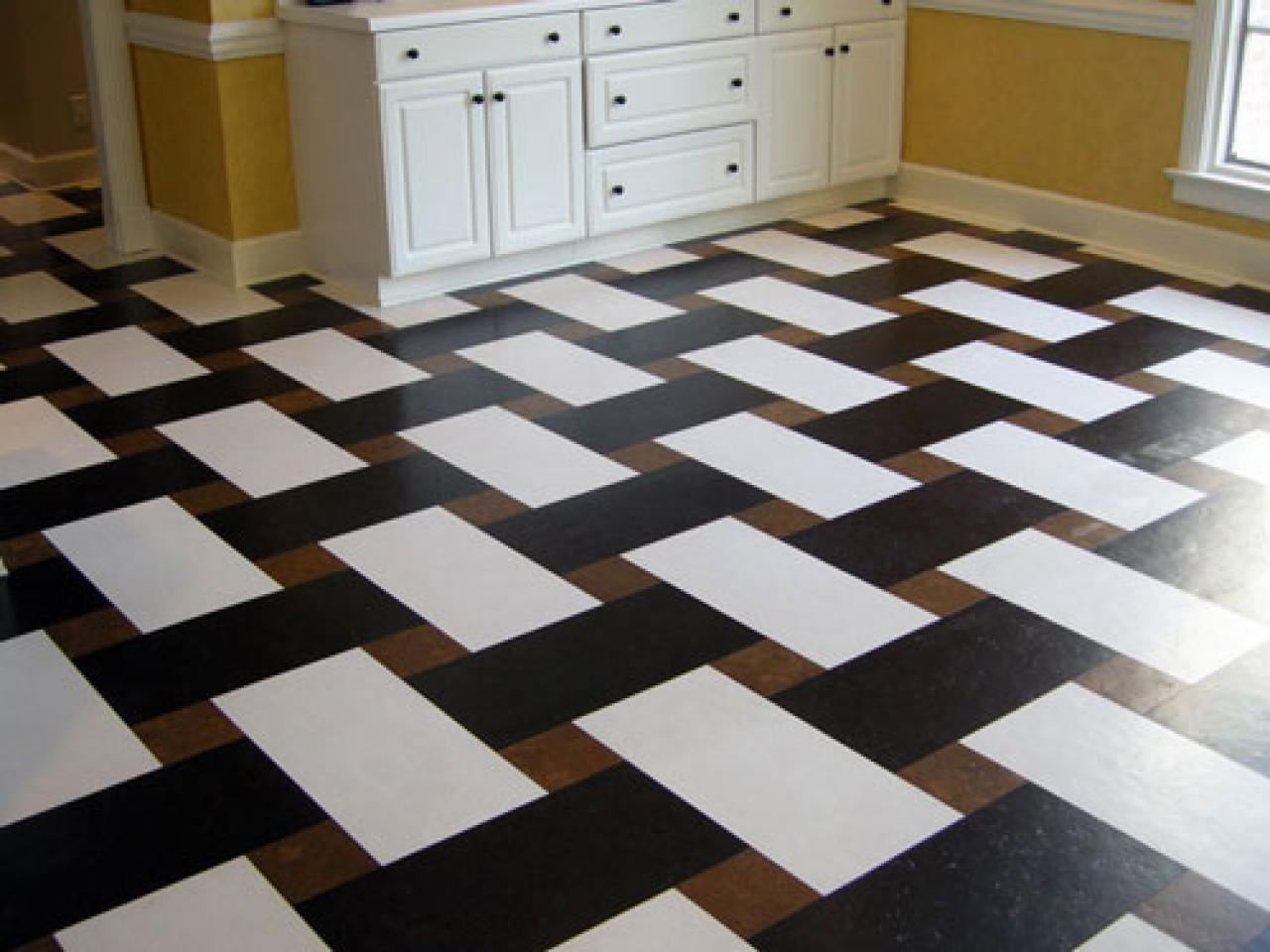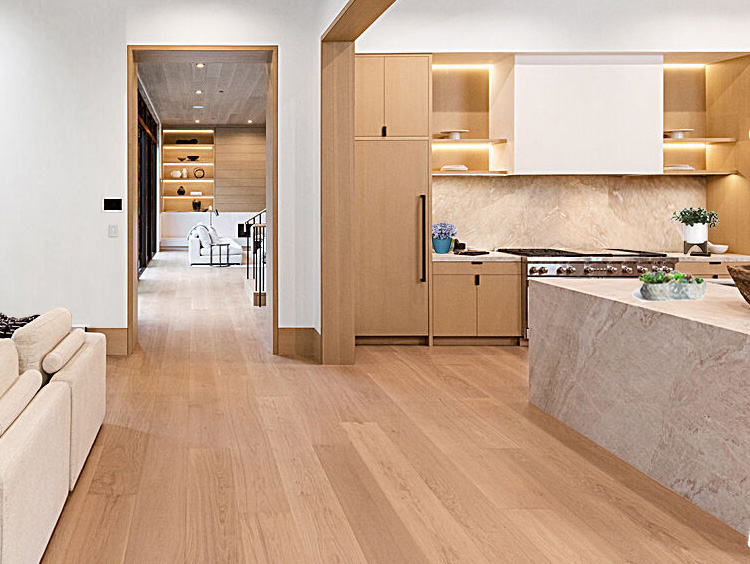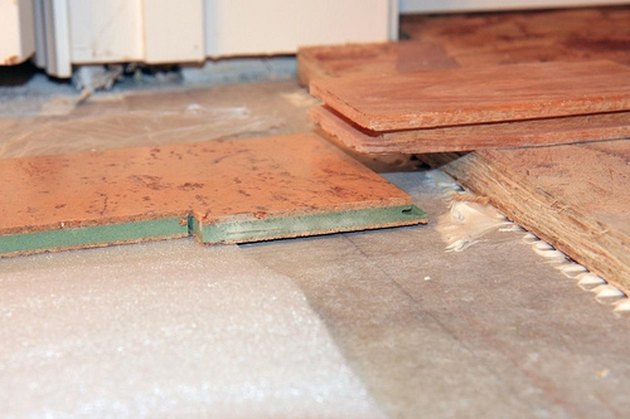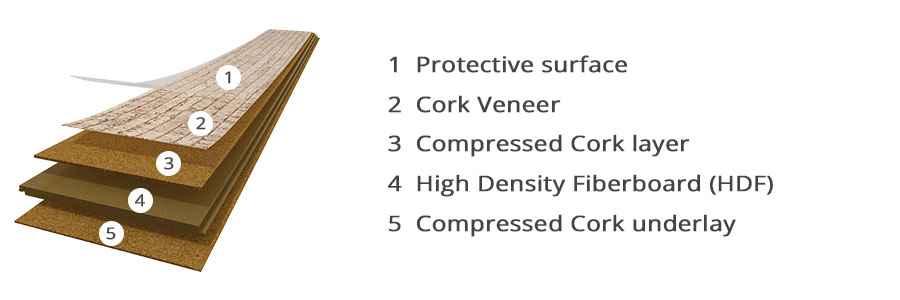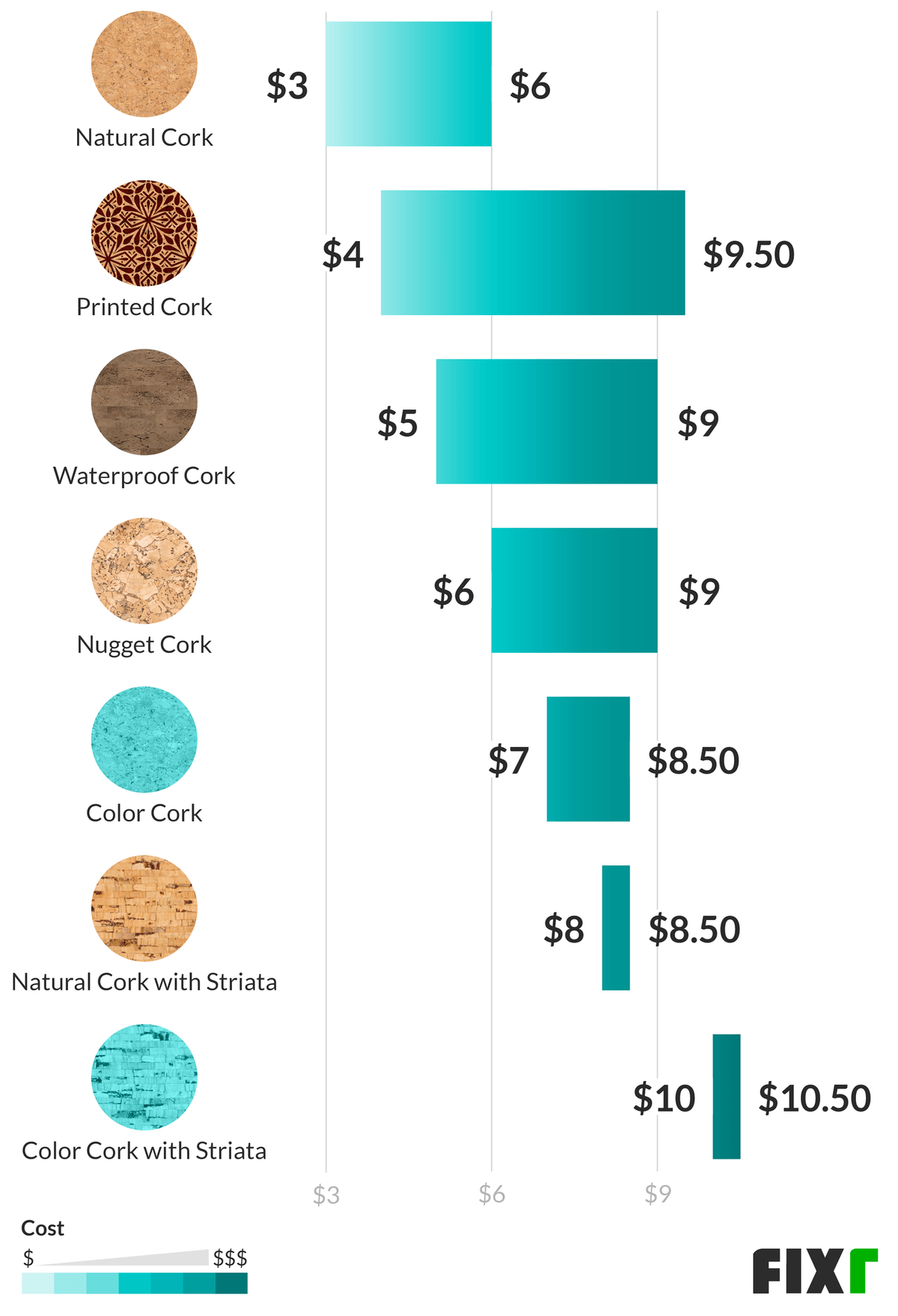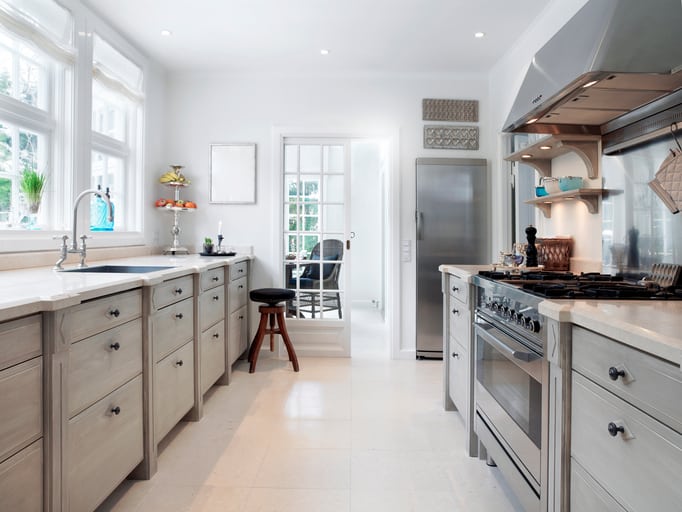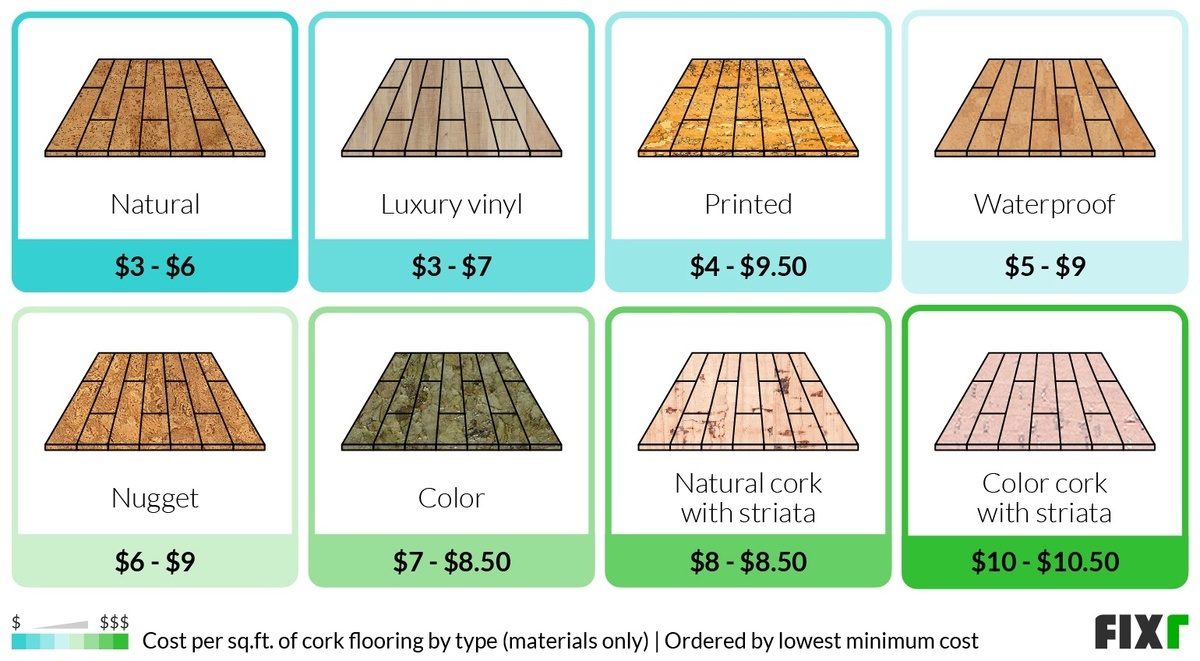Cork flooring has become a popular choice for dining rooms due to its unique properties and eco-friendly nature. Made from the bark of cork oak trees, this renewable and sustainable material is not only durable but also adds a touch of warmth and charm to any dining space.Cork Flooring for Dining Rooms
Before deciding on cork flooring for your dining room, it's important to weigh the pros and cons. One of the biggest advantages of cork flooring is its ability to absorb noise, making it ideal for busy dining areas. It is also resistant to moisture and stains, making it a low maintenance option. However, cork flooring can be susceptible to scratches and dents and may require occasional sealing to maintain its integrity.Cork Flooring Pros and Cons
Installing cork flooring in your dining room is a relatively easy process, but it's important to follow the proper steps for a successful outcome. First, ensure that the subfloor is clean, dry, and level. Then, apply a thin layer of adhesive and lay down the cork tiles or planks. Use a roller to ensure the tiles are firmly attached, and leave a small gap around the edges for expansion. Finally, seal the edges with cork sealant to prevent moisture from seeping in.Cork Flooring Installation
To keep your cork flooring looking its best, regular maintenance is key. Sweep or vacuum the floor regularly to remove any dirt or debris that could scratch the surface. For spills, clean them up immediately to prevent staining. For deeper cleaning, use a mild detergent and water to mop the floor, and avoid using harsh chemicals or abrasive cleaners. It's also recommended to periodically reseal the floor to maintain its water resistance.Cork Flooring Maintenance
Cork flooring comes in a variety of colors and patterns, making it a versatile choice for any dining room. For a more traditional look, opt for a natural cork color with a simple pattern. If you want to add a pop of color, consider a cork flooring with a stained finish. Another design idea is to mix and match different colored cork tiles to create a unique and eye-catching pattern.Cork Flooring Design Ideas
When it comes to dining room flooring, hardwood is a popular choice, but cork flooring offers some advantages over traditional hardwood. Cork flooring is softer and has more give underfoot, making it more comfortable for standing and walking. It is also more resistant to spills and moisture, making it a better option for dining rooms where food and drinks are often consumed.Cork Flooring vs Hardwood
Laminate flooring is another popular option for dining rooms, but cork flooring has some distinct advantages. While laminate is more affordable, cork flooring is more durable and eco-friendly. It also has a warmer and more comfortable feel underfoot compared to laminate, which can be cold and hard. Additionally, cork flooring is more resistant to scratches and dents.Cork Flooring vs Laminate
Vinyl flooring is a common choice for dining rooms, but it may not offer the same benefits as cork flooring. While vinyl is water-resistant, cork flooring is water-proof, making it a better choice for dining rooms where spills are common. Cork flooring is also more eco-friendly and has better sound absorption properties, making it a quieter option for busy dining areas.Cork Flooring vs Vinyl
When choosing cork flooring for your dining room, it's important to research and select a reputable brand to ensure quality and durability. Some top cork flooring brands include Wicanders, US Floors, and Amorim.Cork Flooring Brands
The cost of cork flooring can vary depending on the brand, quality, and installation method. On average, cork flooring can range from $5 to $15 per square foot, making it a budget-friendly option for dining rooms. While it may be more expensive than some other flooring options, the durability and eco-friendliness of cork flooring make it a worthwhile investment in the long run.Cork Flooring Cost
The Benefits of Cork Flooring for Your Dining Room
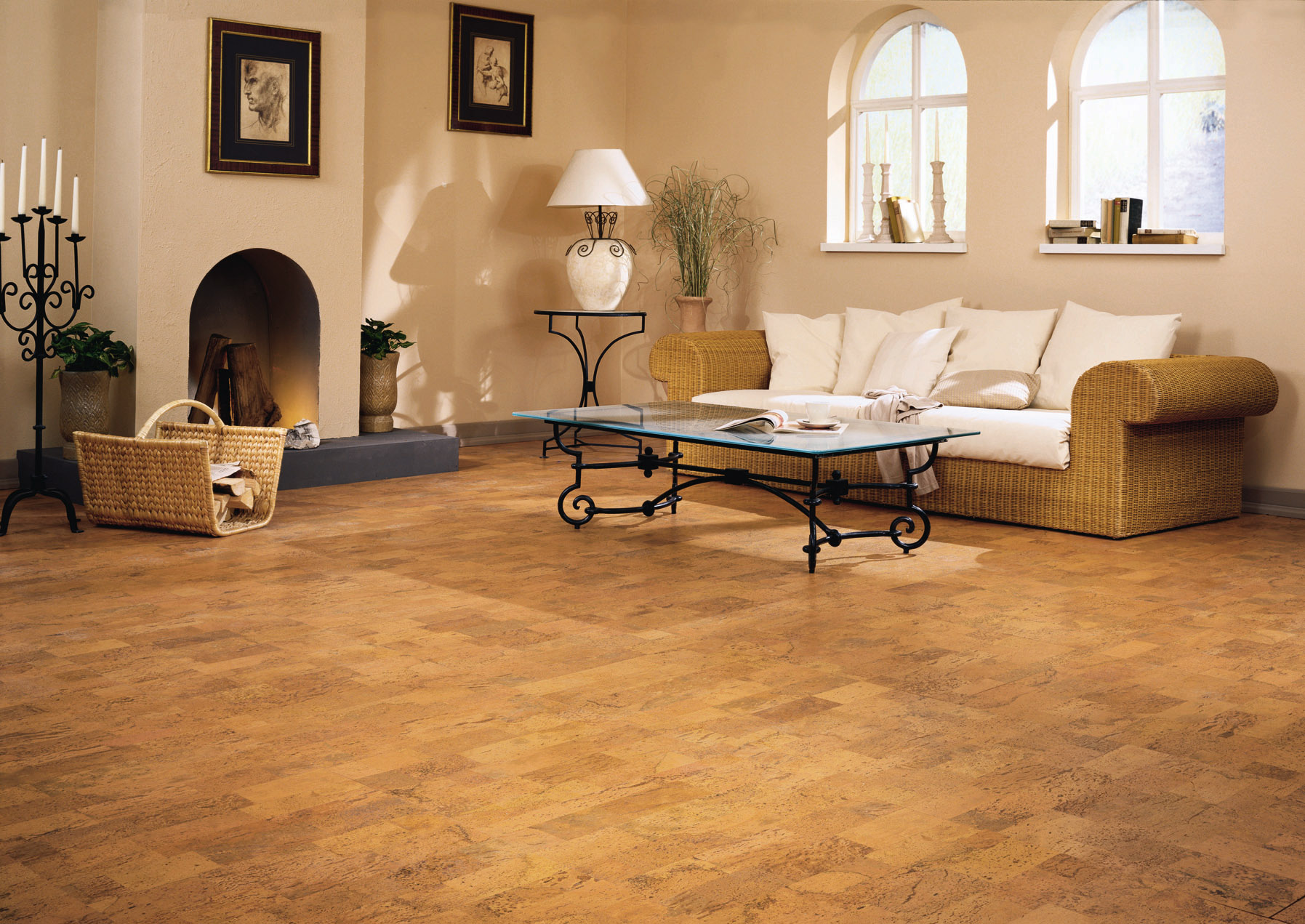
Why Choose Cork for Your Dining Room?
 When it comes to designing your dining room, there are many flooring options to consider. From hardwood to tile, each type of flooring offers its own unique benefits. However,
cork flooring
is quickly becoming a popular choice among homeowners for its many advantages. Not only is it eco-friendly and sustainable, but it also offers a unique and natural aesthetic that can enhance the look and feel of any dining room.
When it comes to designing your dining room, there are many flooring options to consider. From hardwood to tile, each type of flooring offers its own unique benefits. However,
cork flooring
is quickly becoming a popular choice among homeowners for its many advantages. Not only is it eco-friendly and sustainable, but it also offers a unique and natural aesthetic that can enhance the look and feel of any dining room.
Environmental Friendliness
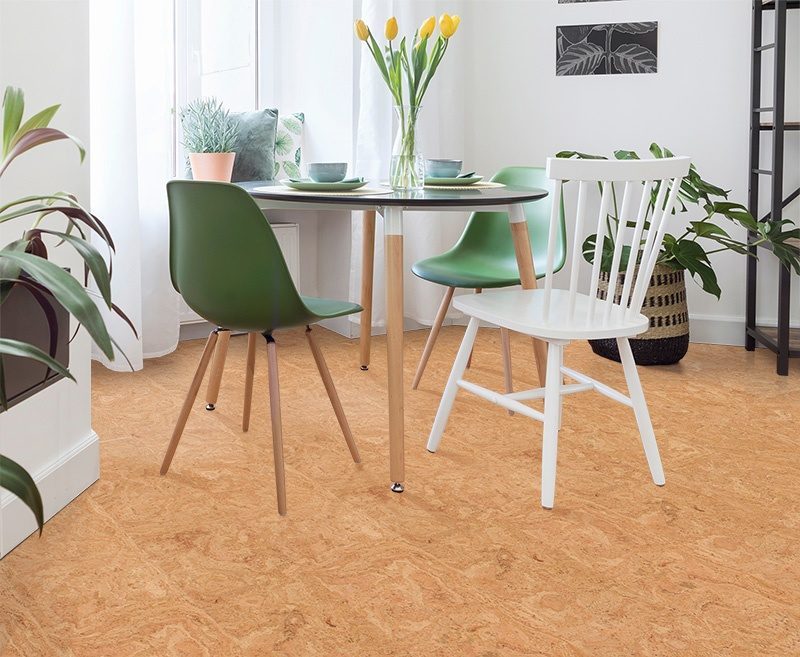 One of the main reasons why
cork flooring
is gaining popularity in the world of interior design is its eco-friendliness. Cork is a renewable resource, as it is harvested from the bark of cork oak trees without harming the tree itself. This makes it a sustainable and environmentally responsible choice for your dining room, as it does not contribute to deforestation or harm to the environment. Additionally, cork flooring is biodegradable and can be recycled, making it a great choice for those looking to reduce their carbon footprint.
One of the main reasons why
cork flooring
is gaining popularity in the world of interior design is its eco-friendliness. Cork is a renewable resource, as it is harvested from the bark of cork oak trees without harming the tree itself. This makes it a sustainable and environmentally responsible choice for your dining room, as it does not contribute to deforestation or harm to the environment. Additionally, cork flooring is biodegradable and can be recycled, making it a great choice for those looking to reduce their carbon footprint.
Comfort and Durability
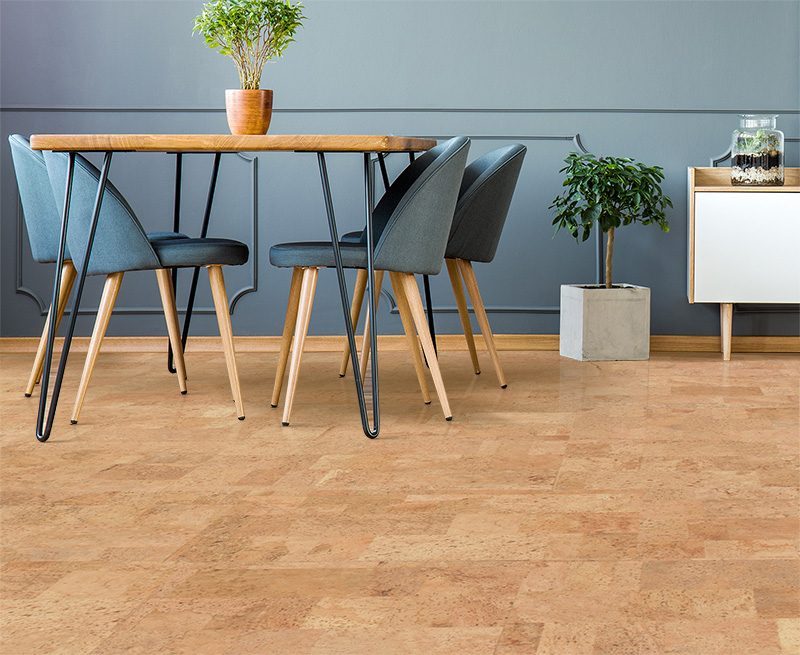 Aside from being environmentally friendly,
cork flooring
also offers a comfortable and durable surface for your dining room. The natural cushioning of cork provides a soft and comfortable feel underfoot, making it ideal for high traffic areas like the dining room. It also has a natural elasticity, making it resistant to dents and scratches, which is especially important for homes with pets or children. Additionally,
cork flooring
is moisture-resistant and antimicrobial, making it a great choice for those with allergies or respiratory issues.
Aside from being environmentally friendly,
cork flooring
also offers a comfortable and durable surface for your dining room. The natural cushioning of cork provides a soft and comfortable feel underfoot, making it ideal for high traffic areas like the dining room. It also has a natural elasticity, making it resistant to dents and scratches, which is especially important for homes with pets or children. Additionally,
cork flooring
is moisture-resistant and antimicrobial, making it a great choice for those with allergies or respiratory issues.
Natural Aesthetic
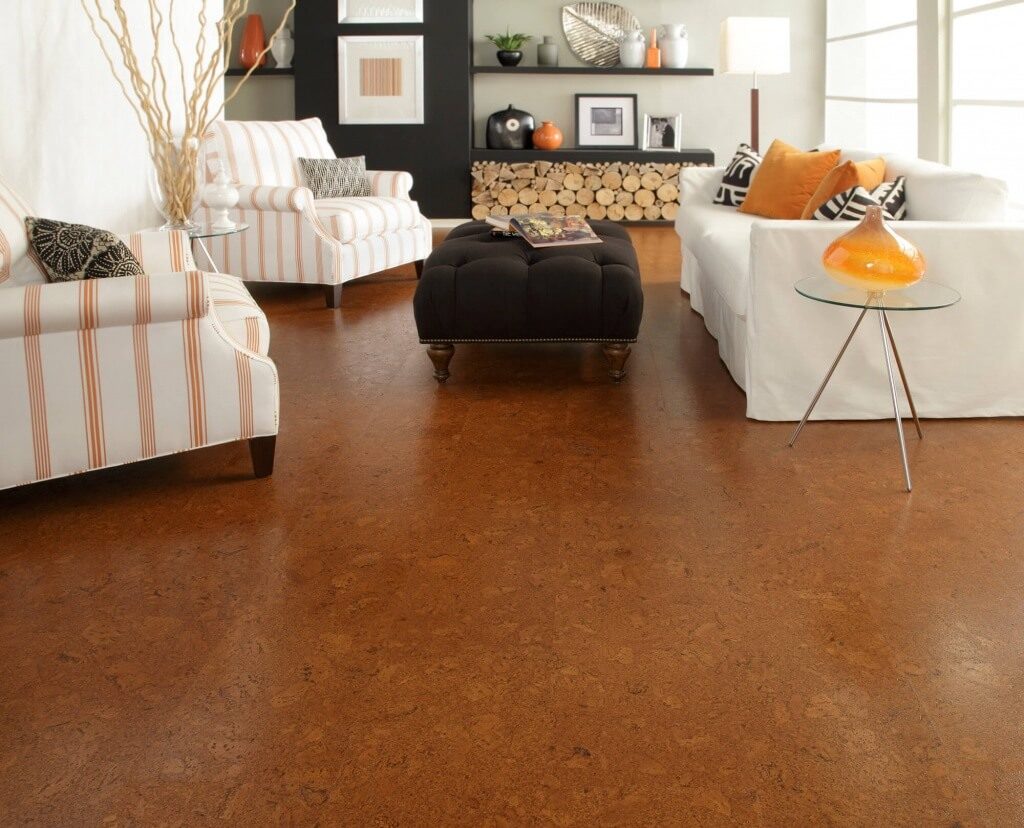 In addition to its practical benefits,
cork flooring
also offers a unique and natural aesthetic that can add warmth and character to any dining room. With its distinctive texture and warm tones, cork brings a touch of nature indoors and creates a cozy and inviting atmosphere. It is also available in a variety of finishes and patterns, allowing you to choose the perfect style to complement your dining room decor.
In addition to its practical benefits,
cork flooring
also offers a unique and natural aesthetic that can add warmth and character to any dining room. With its distinctive texture and warm tones, cork brings a touch of nature indoors and creates a cozy and inviting atmosphere. It is also available in a variety of finishes and patterns, allowing you to choose the perfect style to complement your dining room decor.
Conclusion
 In conclusion,
cork flooring
is a great choice for your dining room due to its eco-friendliness, comfort, durability, and natural aesthetic. Its many benefits make it a popular choice among homeowners and interior designers alike. So if you're looking to revamp your dining room, consider
cork flooring
for a stylish and sustainable option.
In conclusion,
cork flooring
is a great choice for your dining room due to its eco-friendliness, comfort, durability, and natural aesthetic. Its many benefits make it a popular choice among homeowners and interior designers alike. So if you're looking to revamp your dining room, consider
cork flooring
for a stylish and sustainable option.



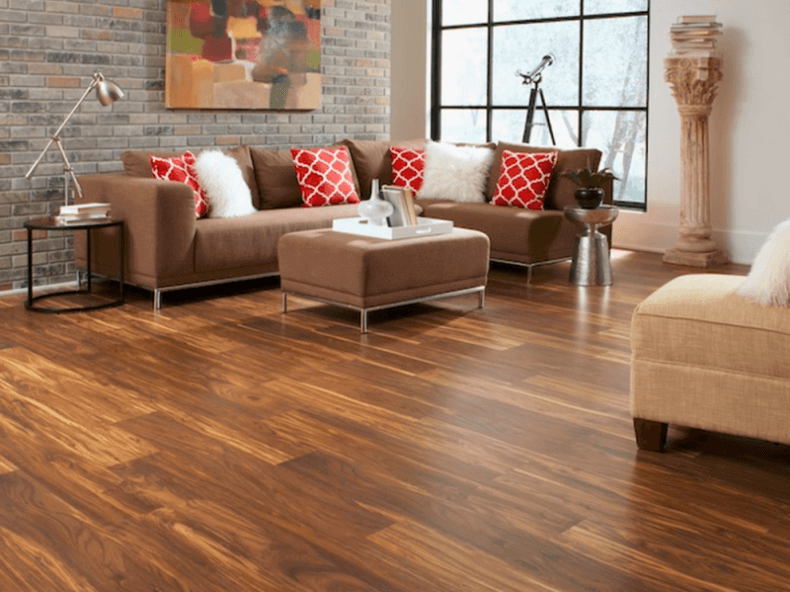
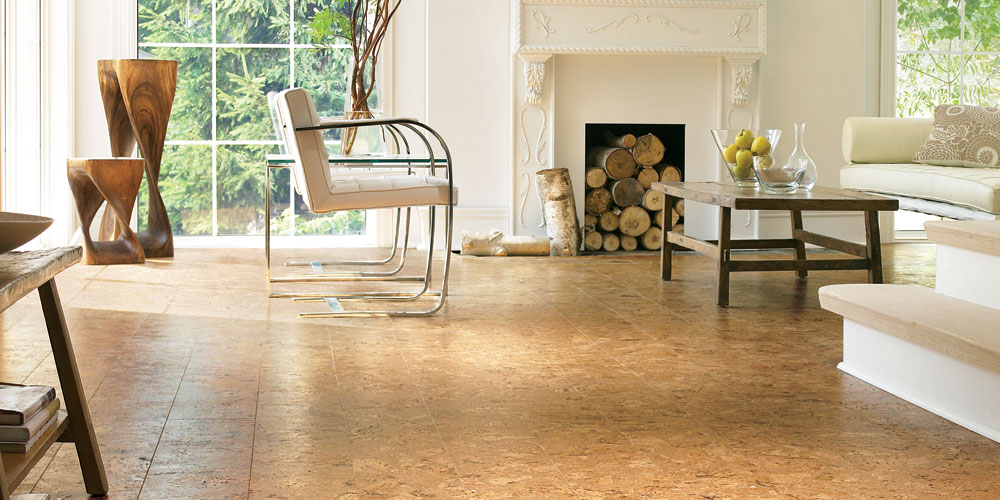
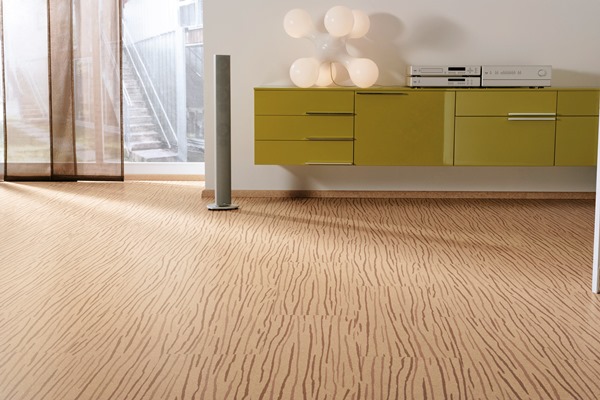

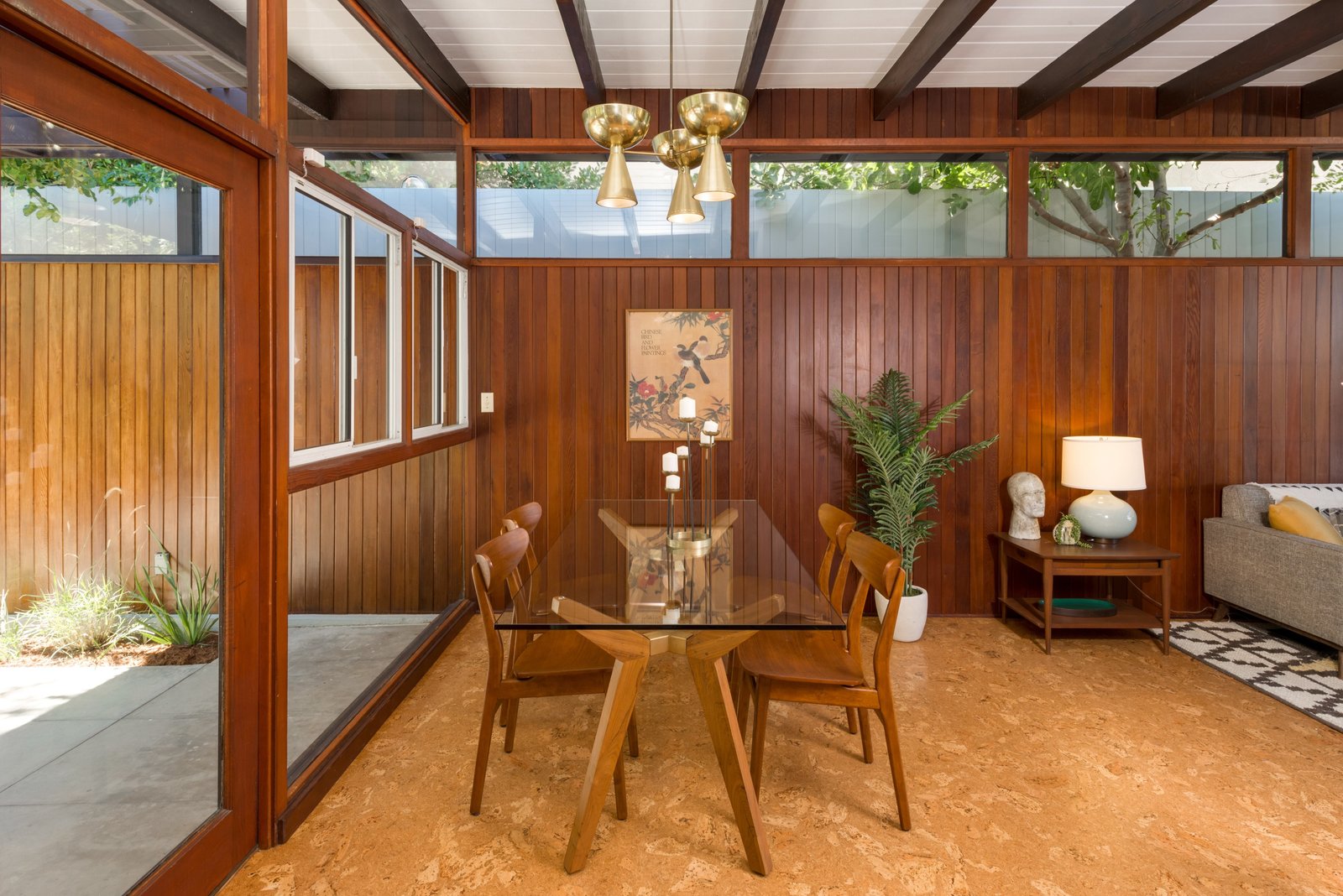
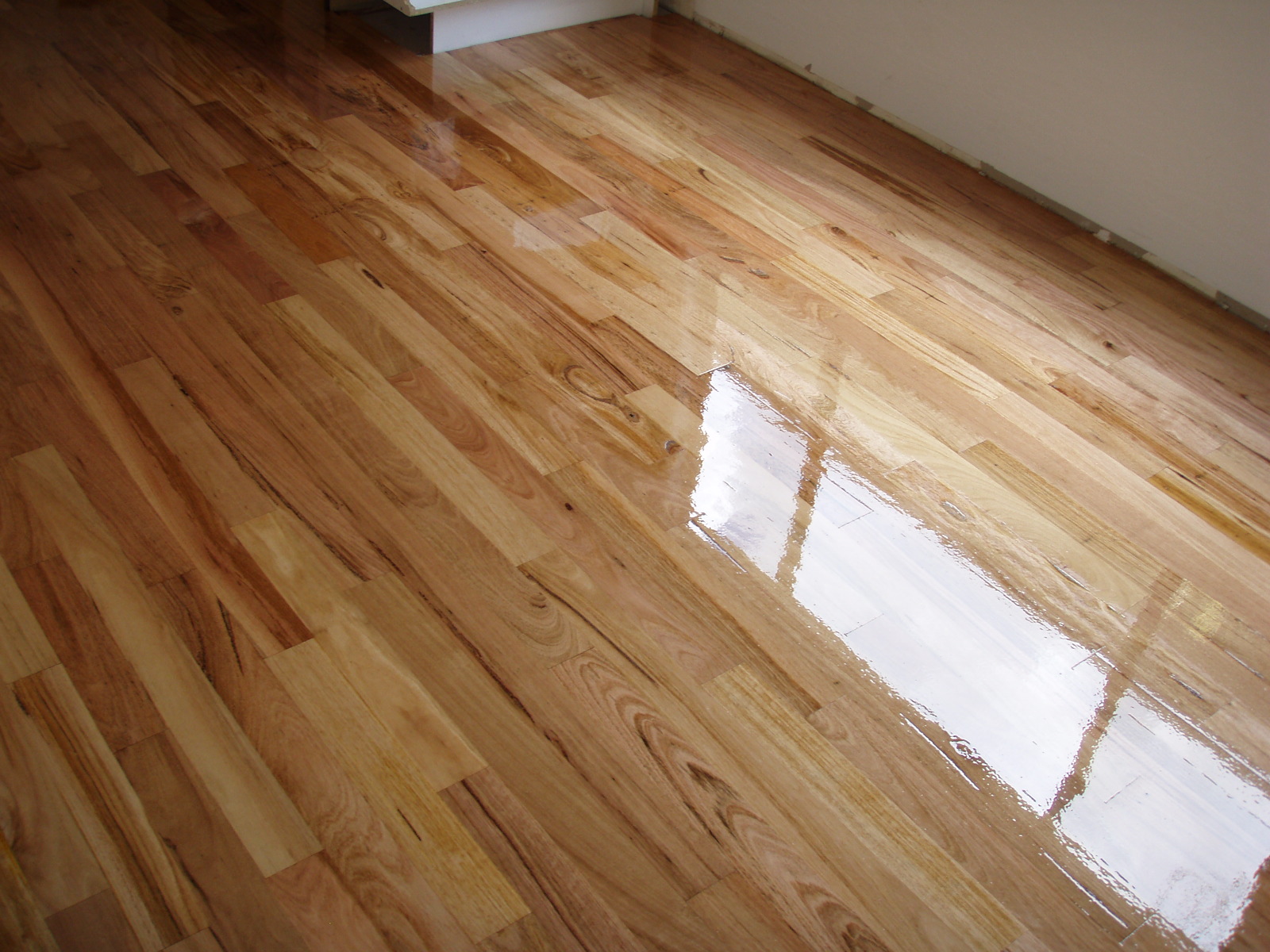
/GettyImages-182177160-5b14306c3418c60037b477cf.jpg)



/cork-flooring-pros-and-cons-1314688_hero_0032-9ed702033d384a5aad92329dc679a300.jpg)
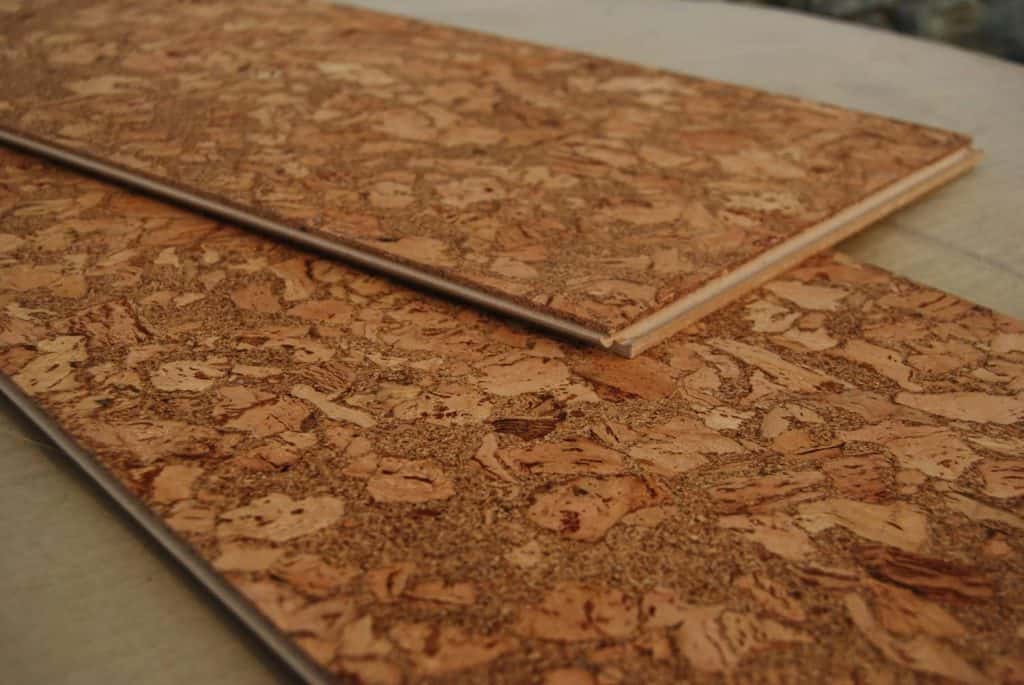

:max_bytes(150000):strip_icc()/cork_0599-467e613eff8f477d9505875f69626459.jpg)
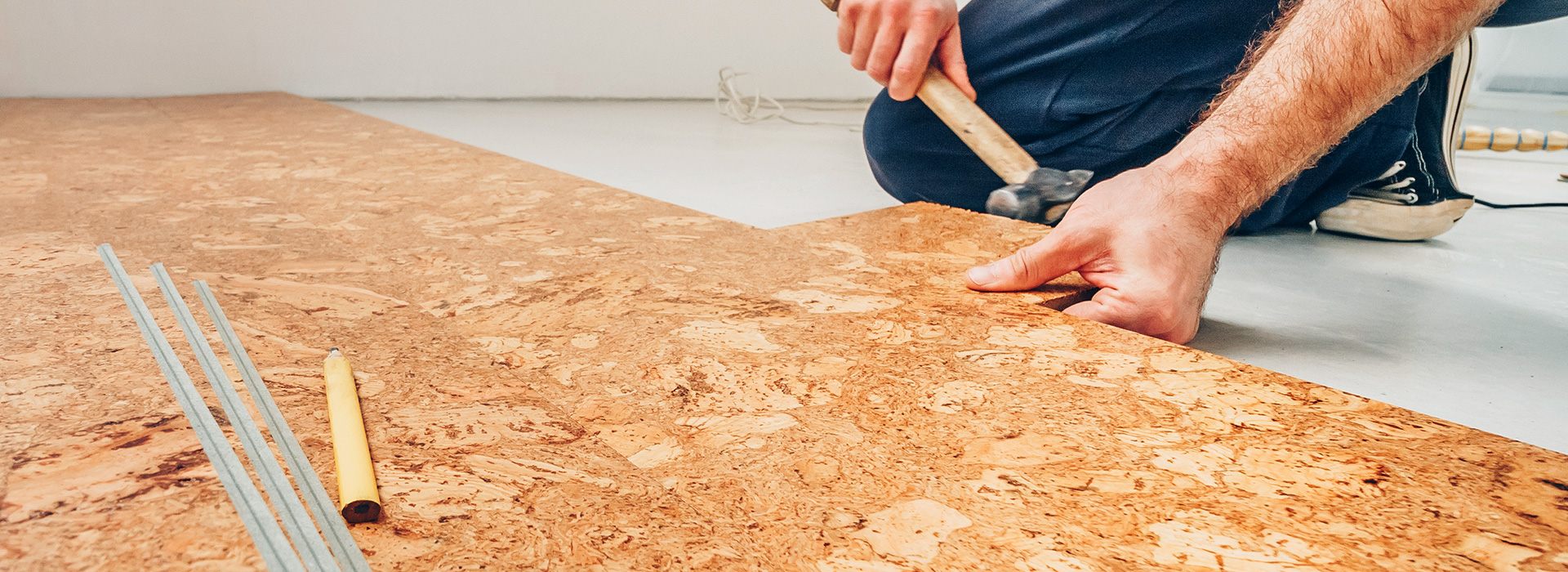
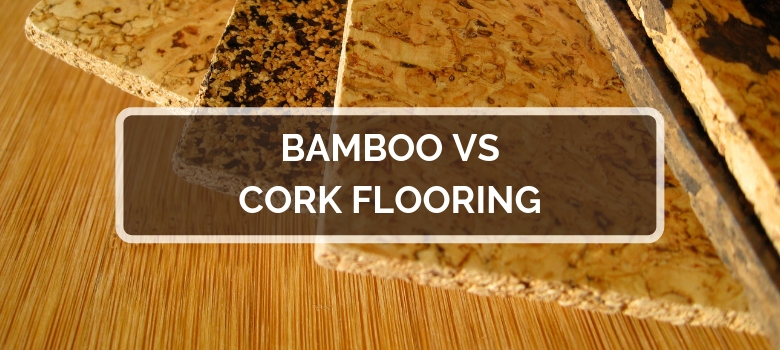
:max_bytes(150000):strip_icc()/cork-flooring-pros-and-cons-1314688-FINAL-5bc4d42e4cedfd002631d65c.png)
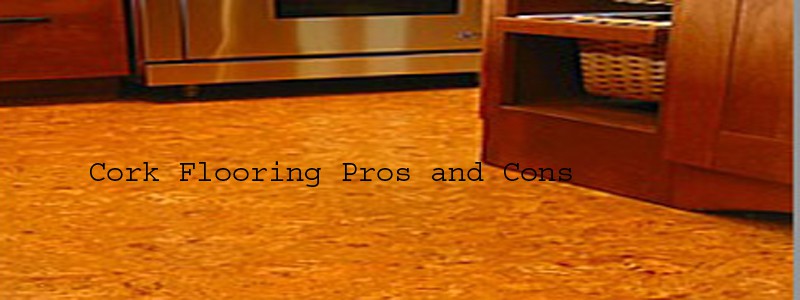






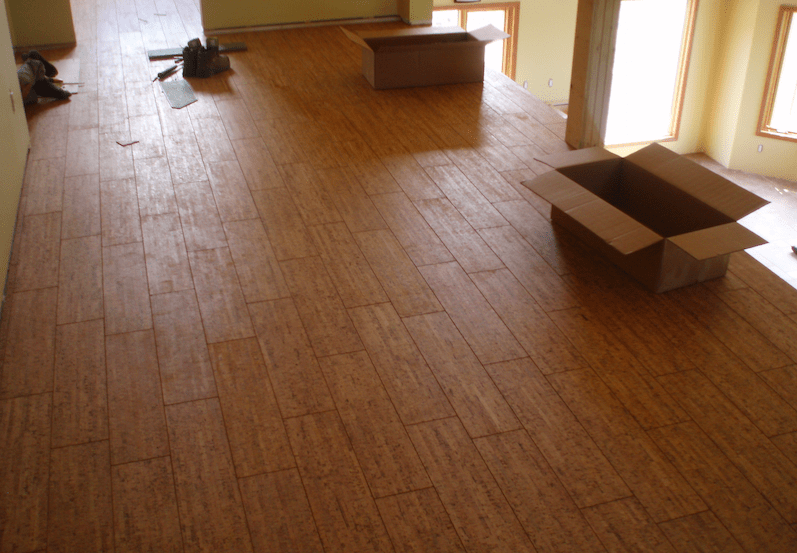








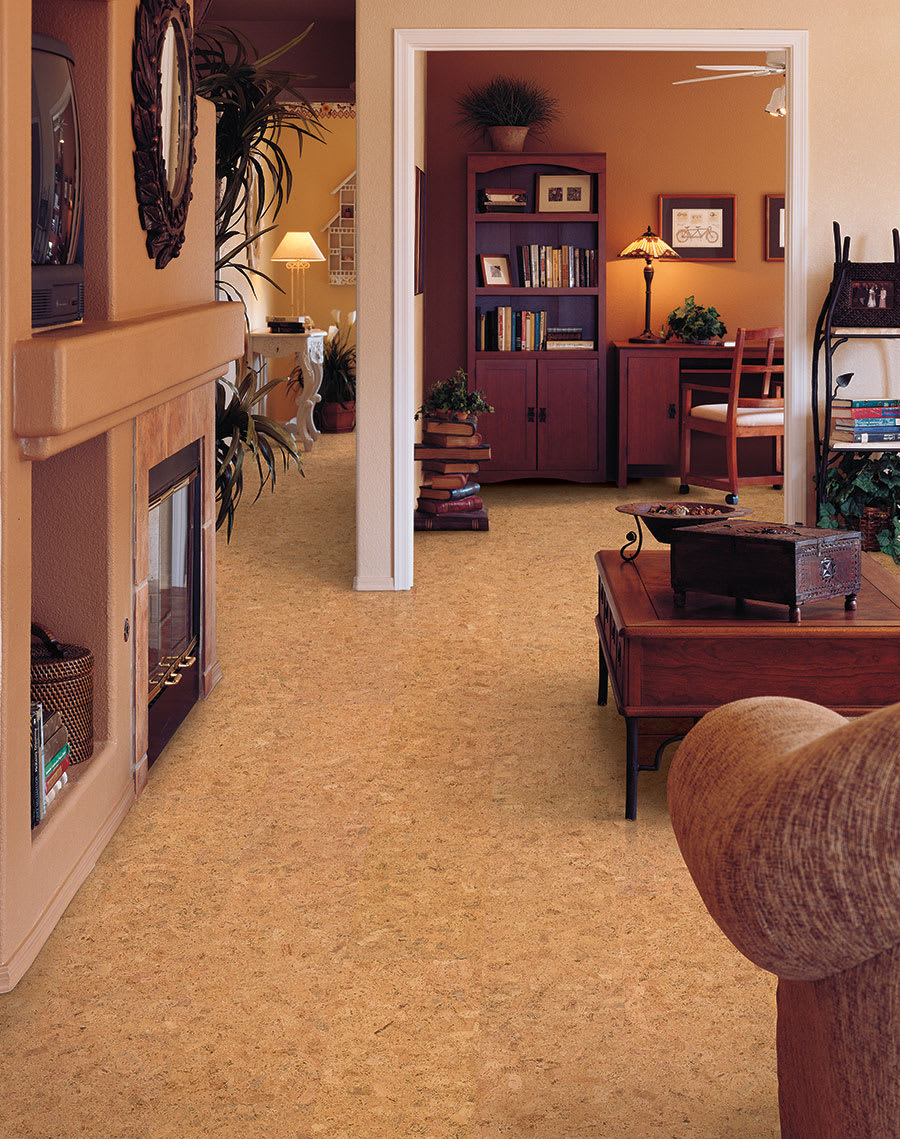

:max_bytes(150000):strip_icc()/cork-flooring-pros-and-cons-1314688_cleaning_0040-d62159c2ce18440a9f2f035e64a9ac25.jpg)
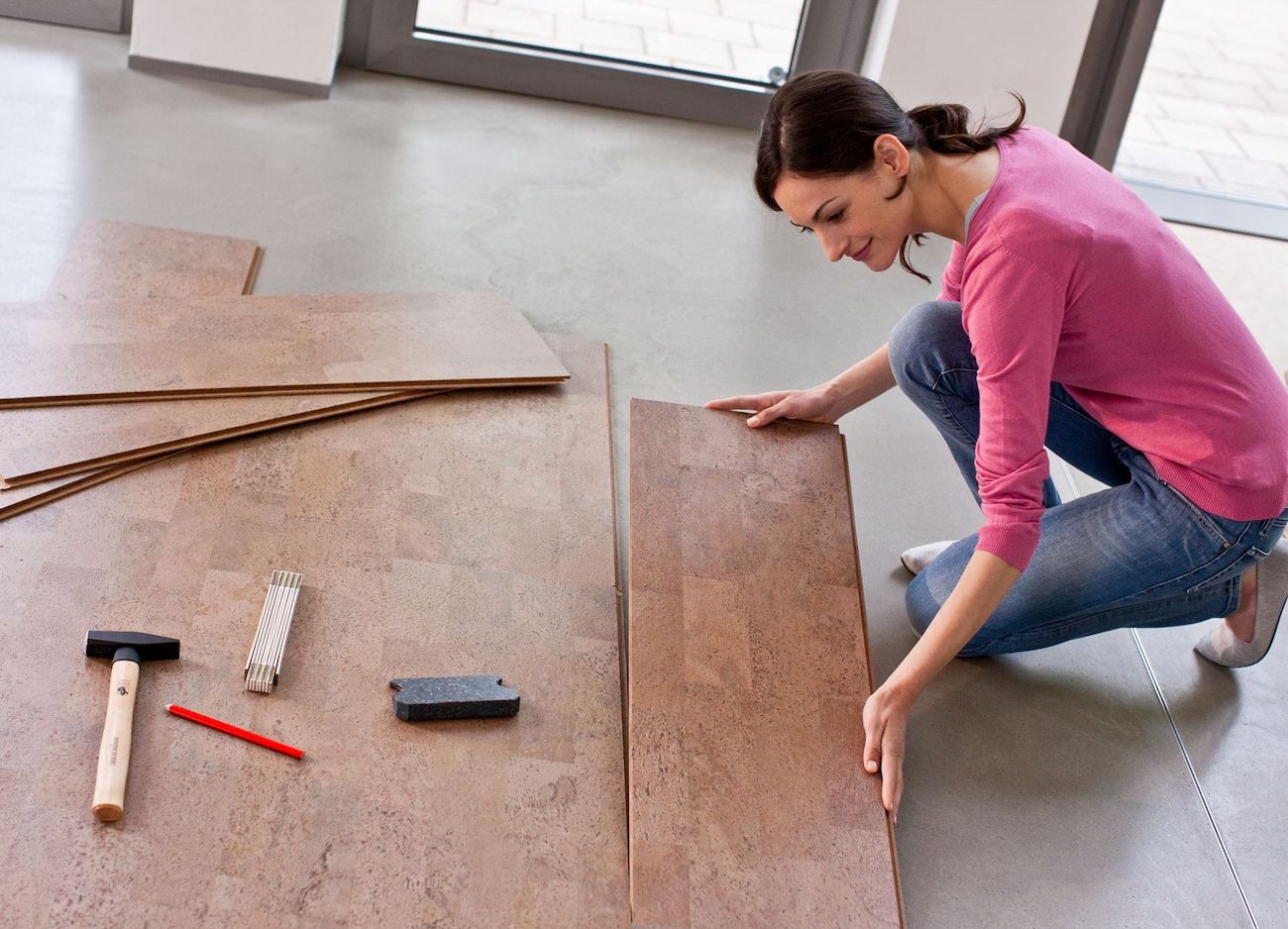

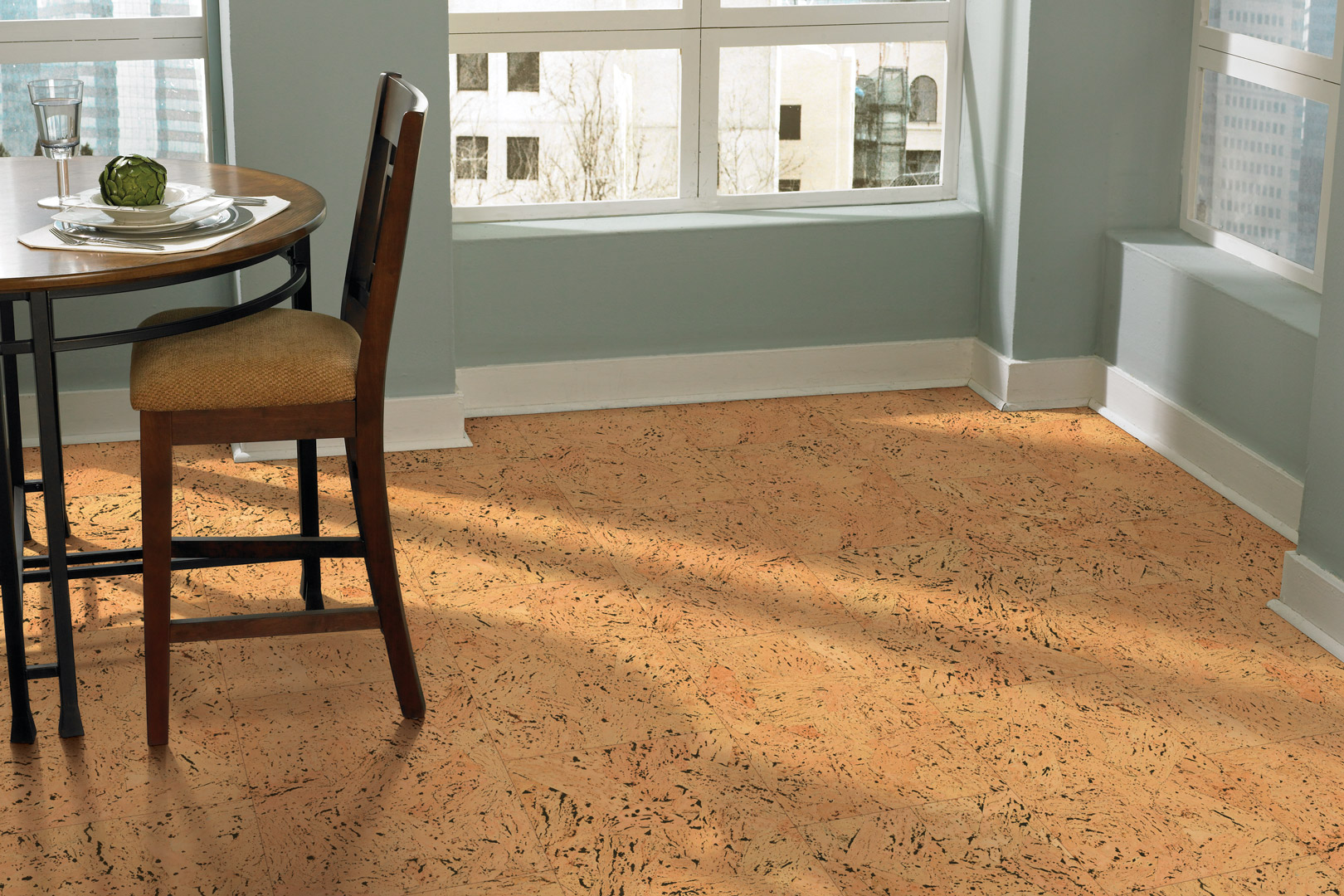
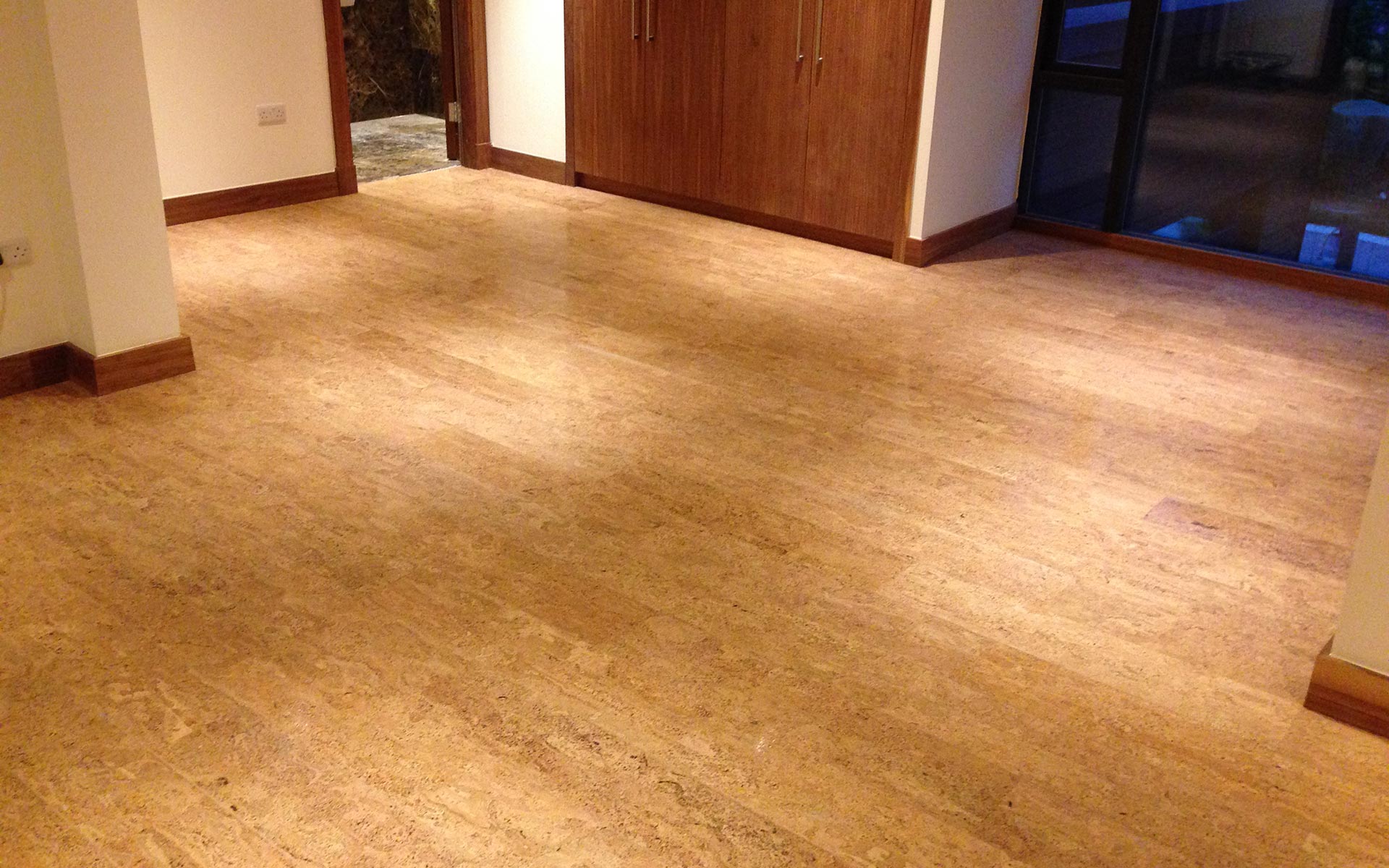






:max_bytes(150000):strip_icc()/3-56a2fc605f9b58b7d0cffca7.jpg)
